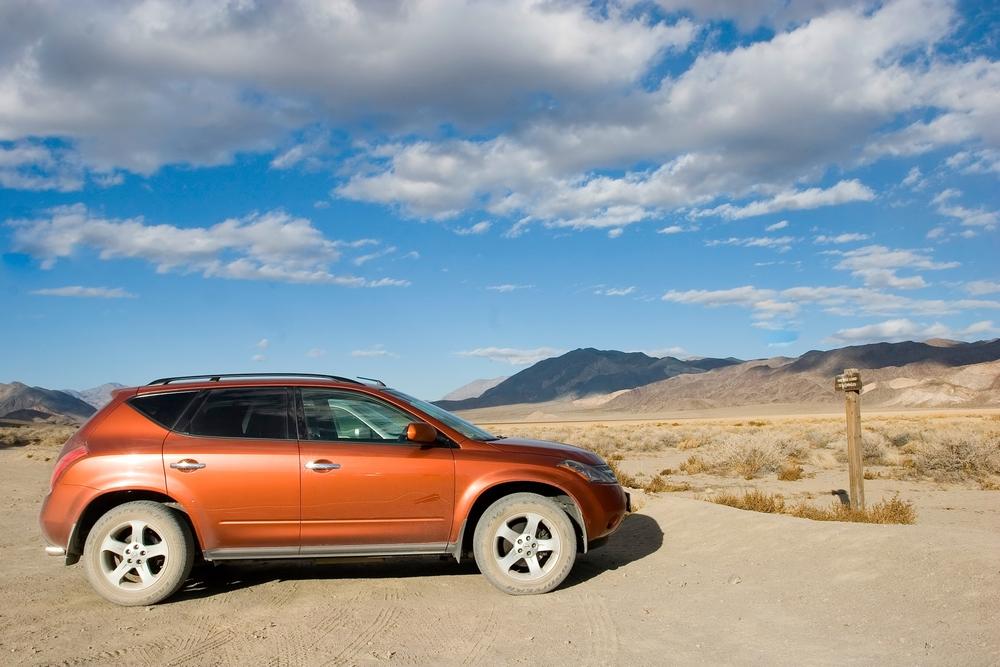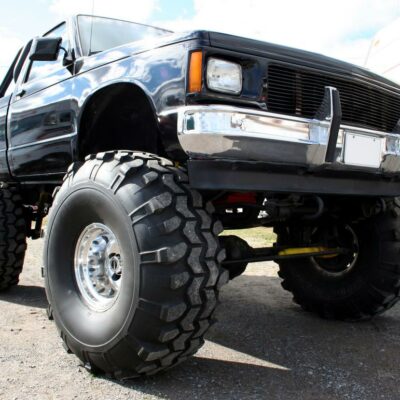
SUVs and Crossovers: The Differences Explained
If you’re planning to purchase a crossover SUV, you need to understand the term before you even start the purchase process. Are you buying an SUV or crossover, what are the differences? Read on to know the answers. 2019 has seen a rise in the preference of crossover SUVs, so let’s have a look to know what the differences between them.
1. SUVs
An SUV has the features of a passenger car to transport people and combines it with off-road vehicle features that include high ground clearance. In general, a vehicle that offers off-road features is referred to as an SUV. In the country, SUVs come under the category of light trucks. They are characterized by a tall body and high-ground clearance that makes it suitable for use on rough terrain.
2. Crossover
The crossover is a type of SUV that has been popular since the 2000s. Unlike the SUV, the crossover uses a unibody platform, similar to most passenger cars. People believe that the Toyota RAV4, introduced in 1994, was the first crossover. From 2003 onwards the sales on crossovers started to increase in the country. By 2006, 50% of all SUV sales from the sales of crossovers. It was from 2010 that American car companies entered the fray and started manufacturing crossovers. 2019 has been a great year for crossover SUVs and is racing ahead in sales.
3. Crossover vs SUV
There are quite a few factors that mark the differences between 2019’s SUVs and crossovers, and it’s important to know what you’re getting into before going ahead with the purchase.
- Platform
The main feature that distinguishes 2019’s SUVs and crossovers is the platform on which it is built. The SUV is essentially a truck that is built like a car and has a two-box design, wherein the engine is in the front with the passenger and cargo area behind as one unit. The crossover has a car’s platform but has the robust features of a truck. It has a unibody platform. What this means is that the entire body of the crossover and the frame are in one piece. In the SUV the body is built on top of the frame. - Size
Essentially, an SUV is meant for rough terrains, like mountainous lands. They are mostly large in size. They mostly come in full-sized models and are big in terms of size. 2019 crossover SUVs, on the other hand, come in different sizes including compact sizes. Some even refer to a crossover as a small SUV. - Ride quality
SUVs are not as smooth to handle as passenger cars. They are difficult to drive for passengers who are short in size. Getting in an SUV is also difficult for short people and kids. Crossovers come in compact sizes and driving them is easy. - Fuel economy
SUVs are traditionally fuel guzzlers with poor fuel economy, whereas crossovers provide great fuel economy.
When you plan to buy a 2019 crossover SUV, understanding what is a crossover and whether it is the same as an SUV is the starting point before you go ahead.


